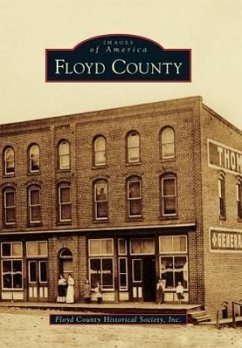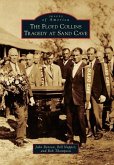Once a Kanawha hunting ground, the area that became Floyd County in 1831 was settled by people of English, German, Scots-Irish, French, and African descent, who established scattered farming communities. Agriculture was supplemented by work at sawmills and gristmills, distilling, storekeeping, and small-scale manufacturing and mining. Social life centered on family, church, and schools. Through the first half of the 20th century, full-time farming diminished as automobiles and improved roads gave access to garment factories and other industries within Floyd and adjoining counties, and the population declined sharply from a peak of 15,388 in 1900. Today, the population has rebounded with an influx of artisans, musicians, entrepreneurs, immigrant workers, retirees, and young families attracted by the countys natural beauty and quality of life. Prominent Floyd County natives include NASCAR pioneer Curtis Turner and Rear Adm. Robley Evans.
Hinweis: Dieser Artikel kann nur an eine deutsche Lieferadresse ausgeliefert werden.
Hinweis: Dieser Artikel kann nur an eine deutsche Lieferadresse ausgeliefert werden.








